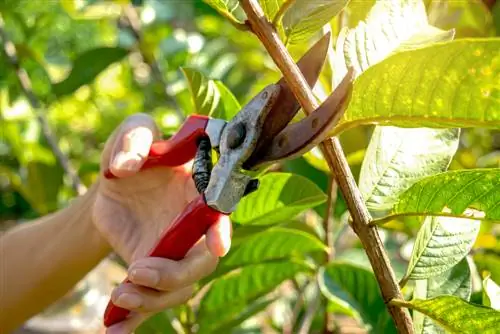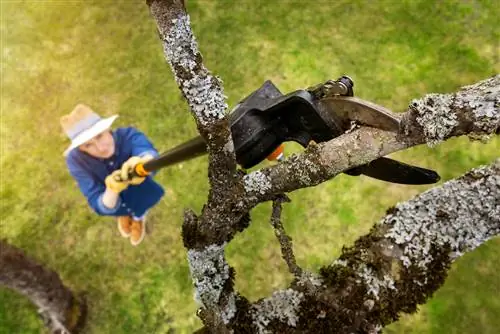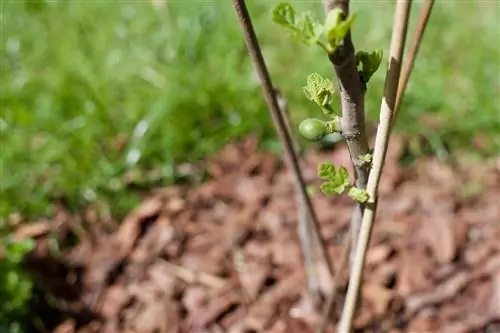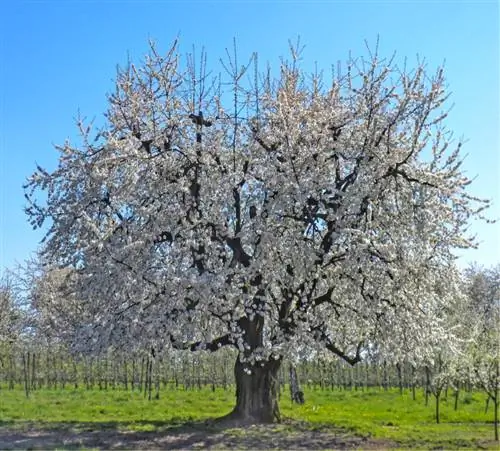- Author admin [email protected].
- Public 2023-12-16 16:46.
- Last modified 2025-06-01 06:02.
Basically, lilacs don't need to be cut; the flowering plant does very well without any trimmings. Over time, however, a lack of pruning can take its toll and the tree becomes bare. As a result, it produces fewer leaves and flowers and its branches remain naked. You can find out how you can give such a lilac new vitality in the following article.

How old can lilacs get?
Lilac trees can get very old; some specimens in cottage gardens even date back to the 16th century.or 17th century. In order to keep lilacs vital for a long time, a sunny, airy location, calcareous and permeable soil, sufficient space and, if necessary, regular pruning and fertilization are important.
Lilacs can get very old
First of all: As a member of the olive family, lilacs can grow very old. In many cottage gardens there are lilac trees that were planted there several decades or even centuries ago - and still bloom every year. The oldest lilacs still alive today probably date from the 16th / 17th century. Now your lilac doesn't necessarily have to grow as old, but with the right conditions it has the best chance of doing so:
- Plant it in a sunny, warm and airy location.
- The soil should be loose, permeable, calcareous and moderately nutrient-rich.
- Give the shrub plenty of space - lilacs can get very large with age.
- Take care of it carefully. This includes, among other things: regular fertilization if necessary.
- Regular pruning also keeps the tree young.
Although you can radically cut back a very old, bare lilac, you should think carefully about this measure: with a bit of bad luck, the tree cannot cope with the pruning and dies due to the weakening. It can also happen that after the radical cut, hundreds of root runners suddenly sprout from the ground - within a radius of several meters.
Rejuvenate old lilacs - this is how it works
Instead, you should approach the rejuvenation in several stages and cut back the lilac in a planned manner. Pruning is always carried out immediately after flowering, but larger pruning measures should, if possible, be carried out on a frost-free day in January/February. The first step is to cut away all spent inflorescences. Then remove all branches that
- are dried up
- are only lightly leafed
- are very long and appear weak
- growing crosswise or inwards
- are bent
You carry out this cut every year and in this way you achieve a rejuvenated, more vital lilac without any radical cutting.
Tip
After pruning, you should provide the lilac with a shovel of compost and a handful of horn shavings (€52.00 on Amazon).






